Brands Just Can't Quit the Art World
How Uniqlo, Maude and L'Oréal are deepening brand storytelling through art
Amidst weeks of murmurs from the fashion crowd, last week, Louis Vuitton announced a re-edition of the famed Takashi Murakami collaboration, which was first released in 2003 under the creative direction of Marc Jacobs. The cartoonified collection of LV handbags and accessories, decked out in Murakami’s signature pop-art-friendly colour palette and vibrant floral motifs, was not only one of the most successful and visionary collabs of all time, but it expanded the idea of what brand storytelling could be.
By linking up with high art, the brand shook off any associations of stuffiness; infusing a sense of playfulness into the heritage brand, it made LV feel more accessible to the public (although its price point was far from accessible). More importantly, the collaboration positioned Vuitton (and thus the consumer) as a tastemaker—the notion that individuals could "buy into" the exclusive art world by owning a piece of Murakami-monogrammed totes or pochettes. While the Murakami collection was only phased out in 2015, it remains a forever-popular commodity on the resale market, and the re-run of the collection, coming in January, is sure to sell in spades.
Tapping into taste through art has never been more sought-after for brands—and not just luxury ones. While luxe players like Gucci, Cartier, and Jaguar all activated during Miami Art Week, non-luxury brands and publishers like Complex NTWRK, Hoka, and Nike also hosted events and partnerships to get a little bit of that creative luster that traverses the worlds of fashion and culture. Meanwhile, brands like Uniqlo, Maude, and even L’Oréal are cozying up to the art world in even deeper ways - going beyond mere merch collaborations and even inserting themselves into museum shows.
For the design-forward sexual wellness brand Maude (of which 50 Shades’ Dakota Johnson is a co-creative director), linking up with an art museum was a no-brainer. Touted as “modern, intimate wellness essentials,” Maude’s elegantly designed gender-neutral sex toys evoke the minimalist curves of Brâncuși sculptures, emphasizing design as central to its brand ethos. As a key sponsor of ‘Private Lives: From the Bedroom to Social Media,’ an exhibition at the Musée des Arts Décoratifs in Paris, Maude’s own “objets d’art” - the ‘Vibe’ personal massager and ‘Spot’ vibrator - are on display, alongside works by Nan Goldin, Henri Cartier-Bresson, and the Bouroullec brothers.
The show, running until March 2025, examines the history of women and privacy through the lens of art, examining 470 works from the 18th century to today. Maude’s goal: To open up cultural conversations about sex, according to founder Éva Goicochea. It’s not the first time the brand has collaborated with the art and design world. Last year, Goicochea and Johnson partnered with the Museum of Sex in Miami to curate the show ‘Modern Sex: 100 Years of Design and Decency.’
In the pursuit of cultural relevance, the trend for merging of art and commerce is happening more and more, says Kira Klaas, VP of Corporate Marketing at Later and author of On Brand. “Brands are pursuing these partnerships to gain cultural legitimacy and differentiation in ways traditional marketing can't buy,” she says. “It's about demonstrating taste and cultural literacy (how they want their brand to be perceived) while creating deeper emotional connections with audiences.”
Maude isn’t the only brand to appear in the ‘Private Lives’ exhibit. Coincidentally, co-sponsor L’Oréal, owner of the YSL beauty brand, also gets billing. A section of the show devoted to intimate beauty highlights YSL’s iconic Opium fragrance from the late 1970s. Unlike many designer fragrances of today, Opium has a big story to tell: Mr. Saint Laurent himself oversaw the entire creative process, from developing the perfume’s controversial name, the juice (a sensual, spicy blend of patchouli, myrrh, and vanilla), and the design of the bottle and the Helmut Newton-lensed advertising campaign featuring Jerry Hall.
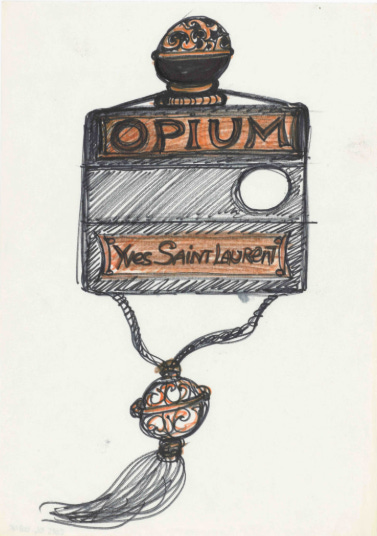
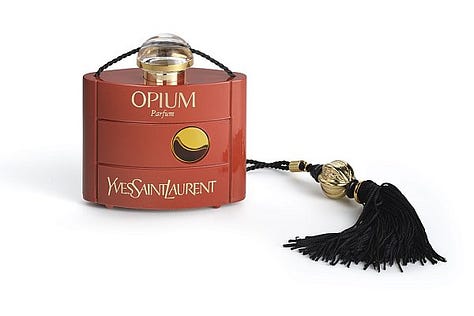

In fact, you could probably curate an entire museum exhibit’s worth of content about Opium’s scandalous and problematic past, provocative advertising, and associations with drugs and sex. Opium is a fragrance you can’t escape if someone is wearing it - both literally and figuratively - making it a museum-worthy cultural artifact that begs to be studied. In the context of ‘Private Lives,’ Opium the perfume is examined not as a product but as part of the construct of beauty behind closed doors.
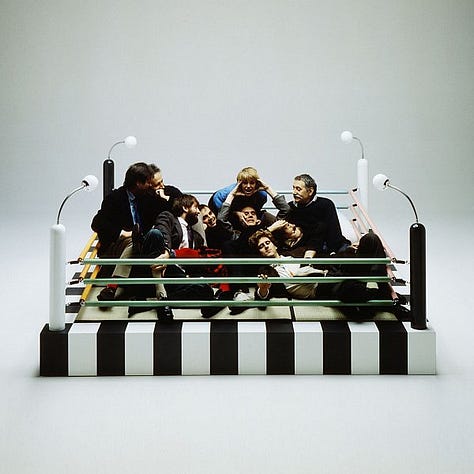

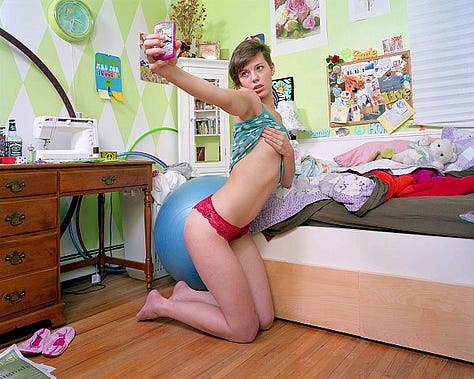
“Curation, in the context of brand universe strategy, is about dimensionalizing brands by creating a multi-faceted and immersive experience for the consumer,” says Nikita Walia, Strategy Director at U.N.N.A.M.E.D. and author of thinking out loud. “It's about moving beyond simply promoting products and services, and instead crafting a narrative that resonates with the target audience on an emotional level. Just as a museum curator carefully selects and arranges objects to tell a story, brands can use curation to create a cohesive and engaging brand world.”
Striving to tell a deeper story about the brand through its history and giving products museum-level status is a smart strategy. And not surprisingly, this wasn’t L’Oréal’s first foray into melding its brand into the high-art sphere. Recently, to reach new audiences, L’Oréal Groupe partnered with the Louvre in Paris on a curated tour, “Of All Beauties” which explores interpretations of beauty in art across the ages. Created by the Louvre in collaboration with L’Oréal Groupe’s Art, Culture & Heritage Department, the guided, online tour presents 108 signposted artworks - from objects to sculptures and paintings - from the museum’s archives over 10,000 years.


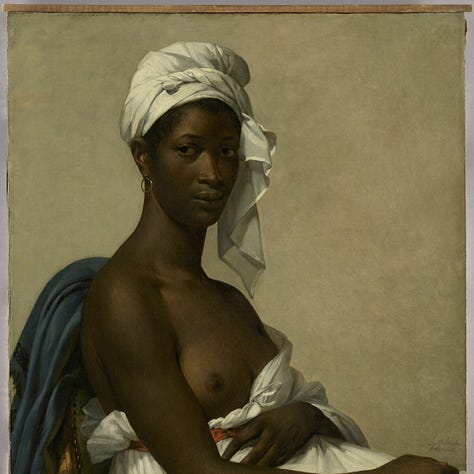
Available both remotely and in-museum, the curatorial effort highlights three key themes: beauty rituals and practices, canons of beauty, and what questions about appearance and beauty reveal about societies. There are no L’Oréal products to be found in this exhibit, and that’s exactly the point.
“Museums are the original curators. They have always been tastemakers, telling us what's ‘worthy’ of our collective attention,” says Sabena Suri, Director of Marketing - Hair at Sephora and author of Brandiose. “It makes sense that brands would want to align themselves with institutions with this kind of power, to help cut through the noise -- and that museums would want to find new ways to connect with audiences through brands they know and love.”
Interestingly, while tapping into taste and connoisseurship, “Of All Beauties” is also an effort to democratize art - an area that is often seen as inaccessible to many. As algorithms continue to flatten culture, art museums and galleries are perhaps one of the last bastions for communities to connect around like-minded interests.
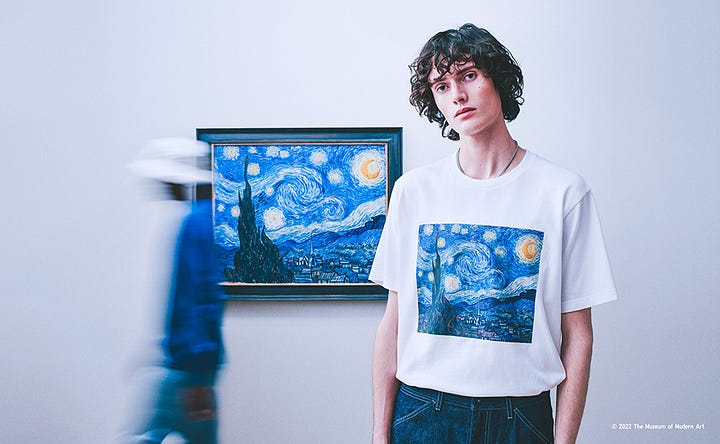
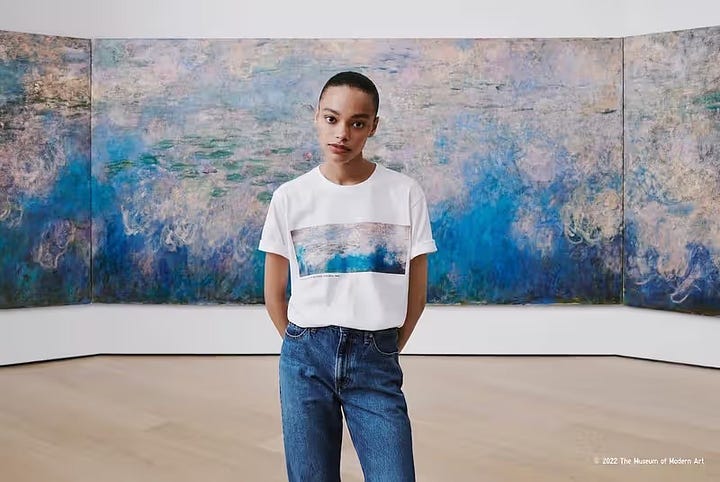
To that end, Uniqlo has been at the forefront among non-luxury brands with its long-running partnership with MoMa in New York, #ArtforAll. Since 2013, the Japanese clothing retailer (and personal favourite of this writer) has partnered with the museum on apparel and accessory lines inspired by artwork from MoMa’s collection. With a shared mission to “make art more accessible to the world,” MoMa and Uniqlo have offered free admission to the public on the first Friday night of each month, enabling free access to more than 3 million guests. The brand also partnered with the museum on digital art content series, including Drawn to MoMa and Uniqlo ArtSpeaks. Its latest, Art for All, examines individual artists’ processes and inspirations; a recent video about New York street photographer Jamel Shabazz racked up an impressive +45,000 views on MoMa’s YouTube channel. Smartly, Uniqlo and MoMa allow the artist to speak for himself, and there is very little branding to get in the way - just pure storytelling.
Klaas says we’ll see more brand/art-world mash-ups in the future. “We're seeing an acceleration driven by several converging factors: digital fatigue pushing brands toward meaningful physical experiences; cultural capital becoming increasingly valuable currency for consumer decisions (like how ‘experiences’ were the new luxury good a few years ago) and the continued rise of the experience economy, particularly among younger consumers.”
Adds Walia, “Brands are increasingly looking for ways to stand out and connect with consumers in a meaningful way. Art exhibits offer a unique opportunity to do this by providing a platform for novel brand expressions and holistic brand building. Consumers today are bombarded with advertising messages, particularly through digital paid media channels, and it's becoming increasingly expensive for brands to acquire new customers this way. Art exhibits can provide a more subtle and engaging way to reach potential customers, by aligning with cultural events and fostering a sense of shared identity.”
Kristen Vinakmens is a content strategist, brand marketer and former/sometime journalist based in Toronto, Canada. She specializes in content strategy, editorial direction and cultural strategy, helping brands get laser-focused on their content, positioning and point of view to reach their audiences where they are. As a former beauty and fashion editor, she also has impeccable taste.





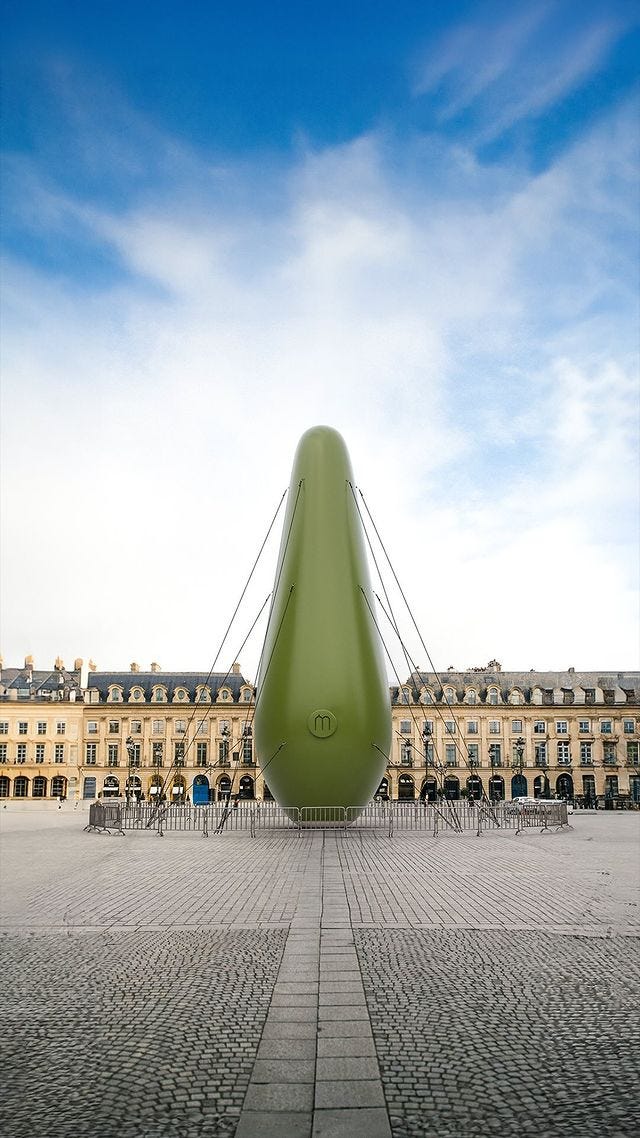
Art and culture are great assets for brands to connect with their communities. I also believe the next move will be in the hospitality world: how brands connect with their audience thanks to meaningful moments (experience, event and content).
Art and hospitality to enrich brands lifestyle footprint!
the connection between the current brand x art wave and LV x murakami is brilliant. love this piece, as per usual :)